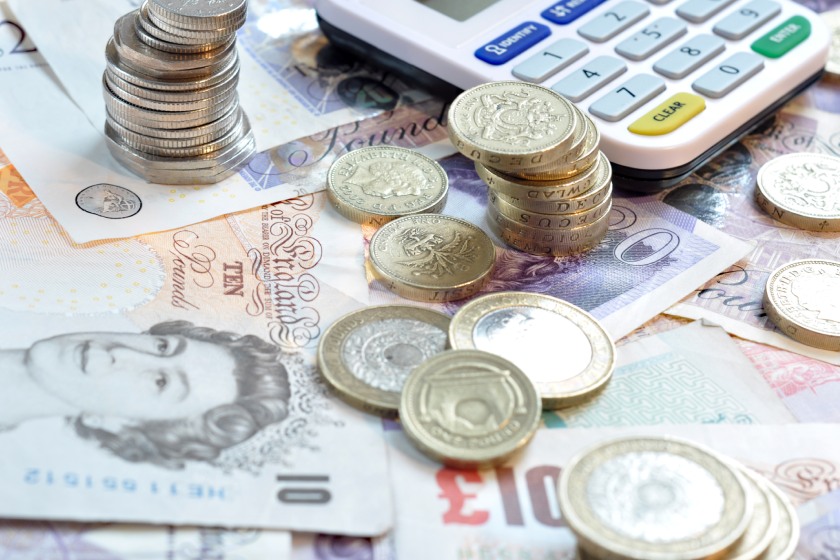HMRC’s Octagon Green investigation: One key takeaway
It’s one thing for a company to face an HMRC investigation for tax evasion – and another to face such an...
READ MORE
Did your business take advantage of the Bounce Back Loan Scheme? Worried about how repayments might affect your cash flow?

Introduced in 2020, the Bounce Back Loan Scheme (BBLS) was designed to support businesses adversely affected by the Covid-19 pandemic. The initiative allowed small and medium-sized businesses to borrow between £2,000 and £50,000 at a low interest rate, which was guaranteed by the Government.
The money could not be used for personal purposes, but could pay for any asset, such as a company car, if it had an economic benefit to the business. The loan must be paid back over six or 10 years. If the money is not repaid, the company could be investigated by the Insolvency Service, even if it has already been dissolved.
According to Government data, as of July 31, 2022 an estimated 1.4 million businesses collectively took out £46.6 billion through the scheme. This prevented up to 500,000 businesses from permanently closing in 2020.
Now these businesses are facing the prospect of repaying their loans, so how can they successfully manage the extra burden on their cash flow?
Back in September 2020, the then Chancellor Rishi Sunak introduced a flexible Pay as You Grow (PAYG) repayment programme. This allows businesses to extend their loan term from six to 10 years, at the same fixed interest rate of 2.5%.
Other options include reducing your monthly repayments by paying interest-only for a six-month period. This can be used up to three times during the term. You can also take a repayment holiday for up to six months, but this is only allowed once during the loan term.
Repayments can be delayed for a further six months, meaning businesses don’t need to repay a penny until 18 months after taking out the loan. The option to pause repayments will now be available to all from their first repayment, rather than after six repayments have been made.
The Government has made clear that all lenders are expected to offer PAYG options to all borrowers under the Bounce Back Loan Scheme. Under Financial Conduct Authority rules, lenders need to show due consideration and appropriate forbearance to borrowers in difficulty.
In the worst case scenario, any business with an outstanding Bounce Back Loan can be closed. The liquidation process will simply treat the Bounce Back Loan like any other unsecured loan.
Insolvent companies can enter voluntary liquidation through a Creditors’ Voluntary Liquidation (CVL) which is managed by a licensed insolvency practitioner. They calculate the business assets before distributing any proceeds to outstanding creditors.
There are a number of rescue strategies available to businesses that are unable to repay a Bounce Back Loan. If you owe money to HMRC, you could negotiate a Time to Pay (TTP) arrangement to allow more time to pay any outstanding taxes.
For businesses under threat of legal action, going into administration might sound drastic, but it can provide a window to devise a way forward. For example, a Company Voluntary Arrangement (CVA) allows any debts to be consolidated into a legally-binding payment plan lasting up to five years.